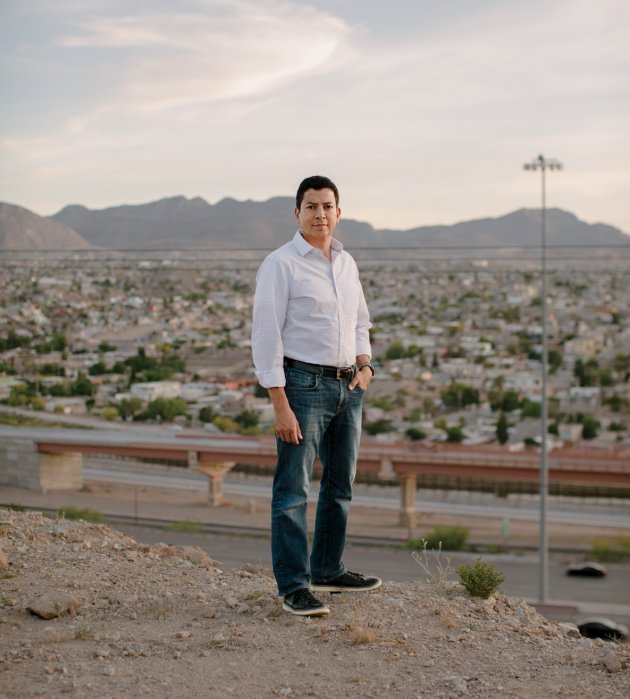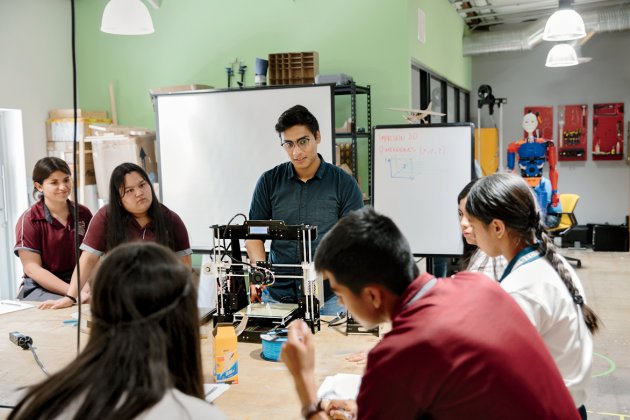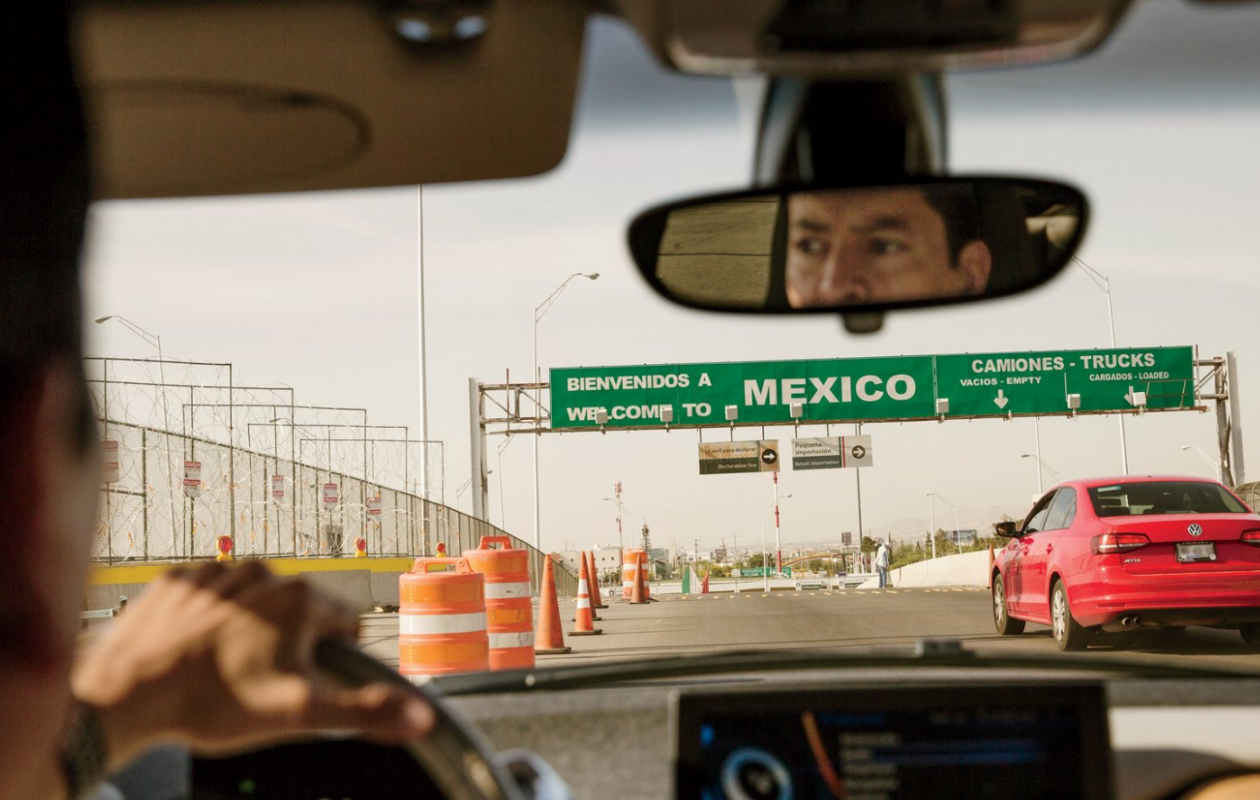Article by Tom Foster Editor at Large, INC.
Photos by: Bryan Schutmaat
Ricardo Mora is an El Paso-based telecom entrepreneur, restaurateur, tech investor, and startup evangelist. His various ventures straddle the U.S. and Mexican markets, and give him a uniquely informed perspective on border politics. Business is better for everyone, he's found over the years, when companies--and people--on both sides of the border work together. --As told to Tom Foster
I was born in El Paso and grew up in Ciudad Juárez, Mexico. My dad worked in the maquiladora industry--the large factories just south of the border--in Juárez, and my mom had a salsa bottling company in El Paso. Every day, I would cross the border to go to school in El Paso. Today, I live in El Paso, work mostly in Juárez, and have businesses on both sides of the border.
I got into the mobile-phone business 27 years ago, when I was going to college in El Paso. We were introducing cellphones to people we knew in Mexico--it was a good time to get into the business. Two years later, I dropped out of college and opened a cellphone store in Juárez. We grew that business to 32 stores in Mexico and six in the U.S., and I ended up selling the U.S. business. Eventually, I got involved in restaurants and opened a couple of U.S. franchises of El Taco Tote, a chain that started in Juárez.
Here's the reality: It's a long drive from El Paso to the next large U.S. city, Albuquerque. From Juárez, it's a long drive to the next large Mexican city, Chihuahua City. But El Paso and Juárez are right next to each other; they just happen to sit on opposite sides of a border. You can stand on one side and see the cars on the highway on the other side. You see the houses, you see the people. It's one binational community, and it's huge--more than 2.5 million people.

For the past 50 years, the economy in Juárez has been defined by the maquiladora industry. There are 340 factories. Seventy of the Fortune 500 companies are here. Historically, cheap labor has been the reason companies manufacture here.
Four years ago, I launched a startup incubator in Juárez called Technology Hub, and this spring we started an accelerator program there--with funding from Microsoft, Bosch, and other companies--to help startups that innovate on the manufacturing supply chain. That accelerator is called the Bridge, and there are six Mexican companies in it and six American. The workshops happen on both sides of the border, at Technology Hub and at an incubator in El Paso.
The annual dollar value of the manufacturing inputs in the state of Chihuahua is $39 billion, but only 2 percent of that supply chain comes from the region. The opportunity to change that is enormous, and there's a startup ecosystem beginning to focus on that, with firms like Boost Human--an early-stage company in El Paso that builds augmented-reality systems for businesses.
Closing the border--I don't think it's even possible. No matter what the rhetoric is or how tall the walls are, you just can't do it. And if you did, you would be cutting an artery that would drain its blood on both sides of the border. A lot of trade happens here. There are a lot of relationships.
I saw video footage earlier this year that showed a line of trucks stretching for more than 15 miles, waiting to get across the border, because so many border agents have been brought in to deal with asylum seekers. Drivers were waiting 10 hours to get across. These trucks carry auto parts and other goods to American plants, and to consumers. Shipments were getting delayed. It was bad. I read an article that said Juárez could lose 100,000 employees as a result. And if Juárez hurts, El Paso hurts too.

Thankfully that issue was resolved by large companies pressuring Washington. Now there's the threat of tariffs. I wouldn't say we're bracing for the next thing. But it's expected.
Of the circle of people whom I spend time with, probably 50 percent are like me: We cross the border all the time. El Paso and Juárez are just one community. There's no difference. They're linked at the hip.
